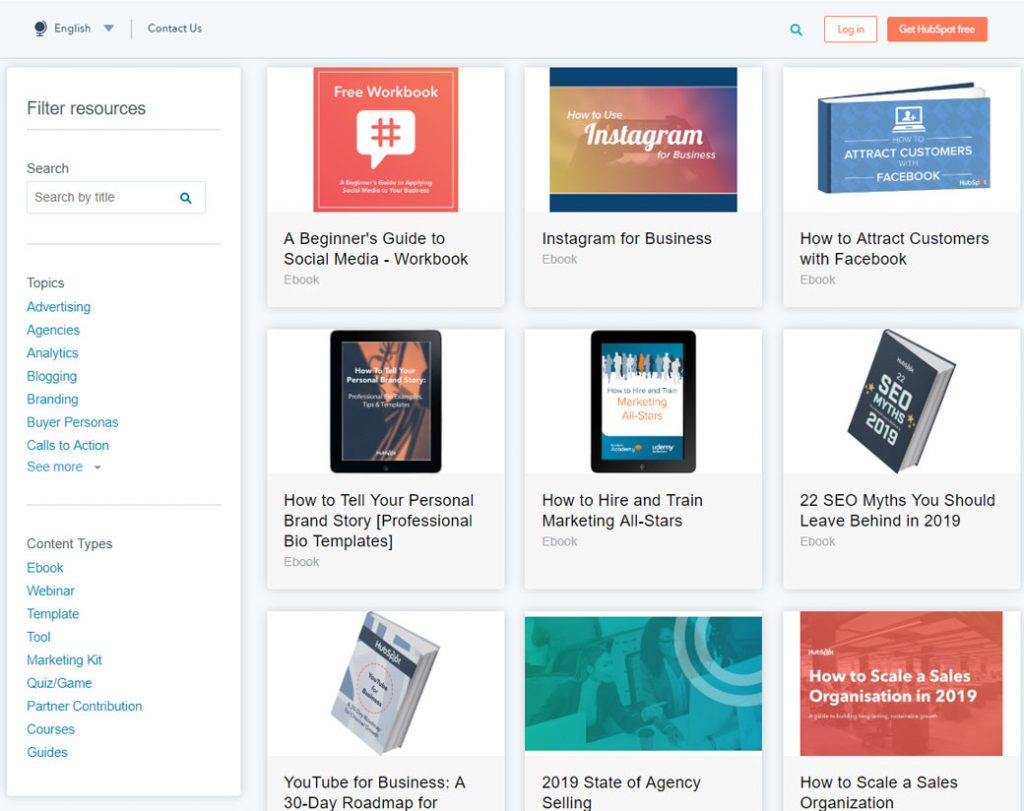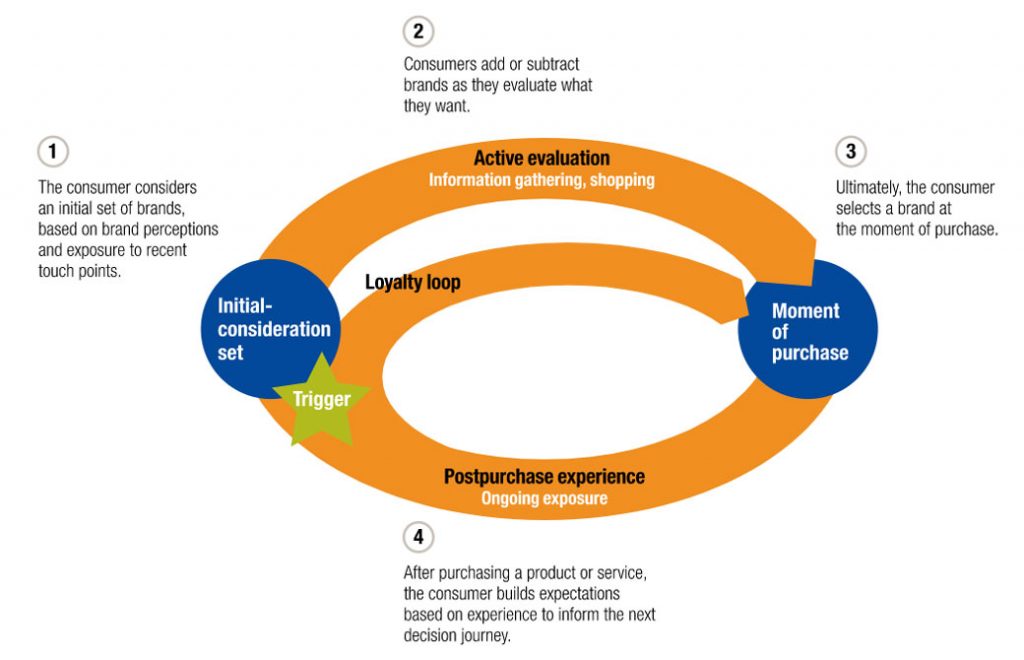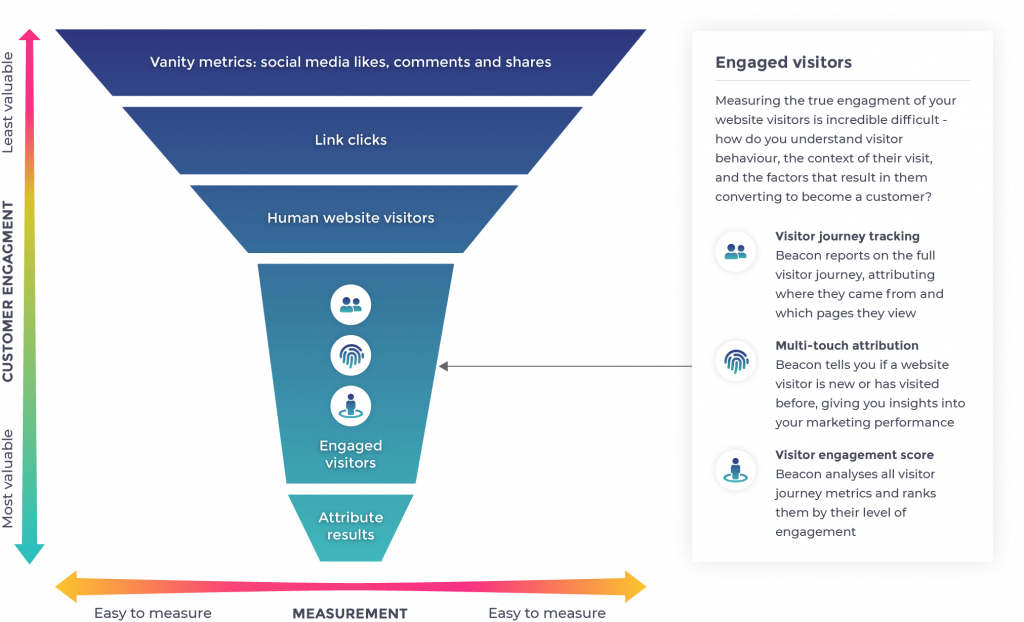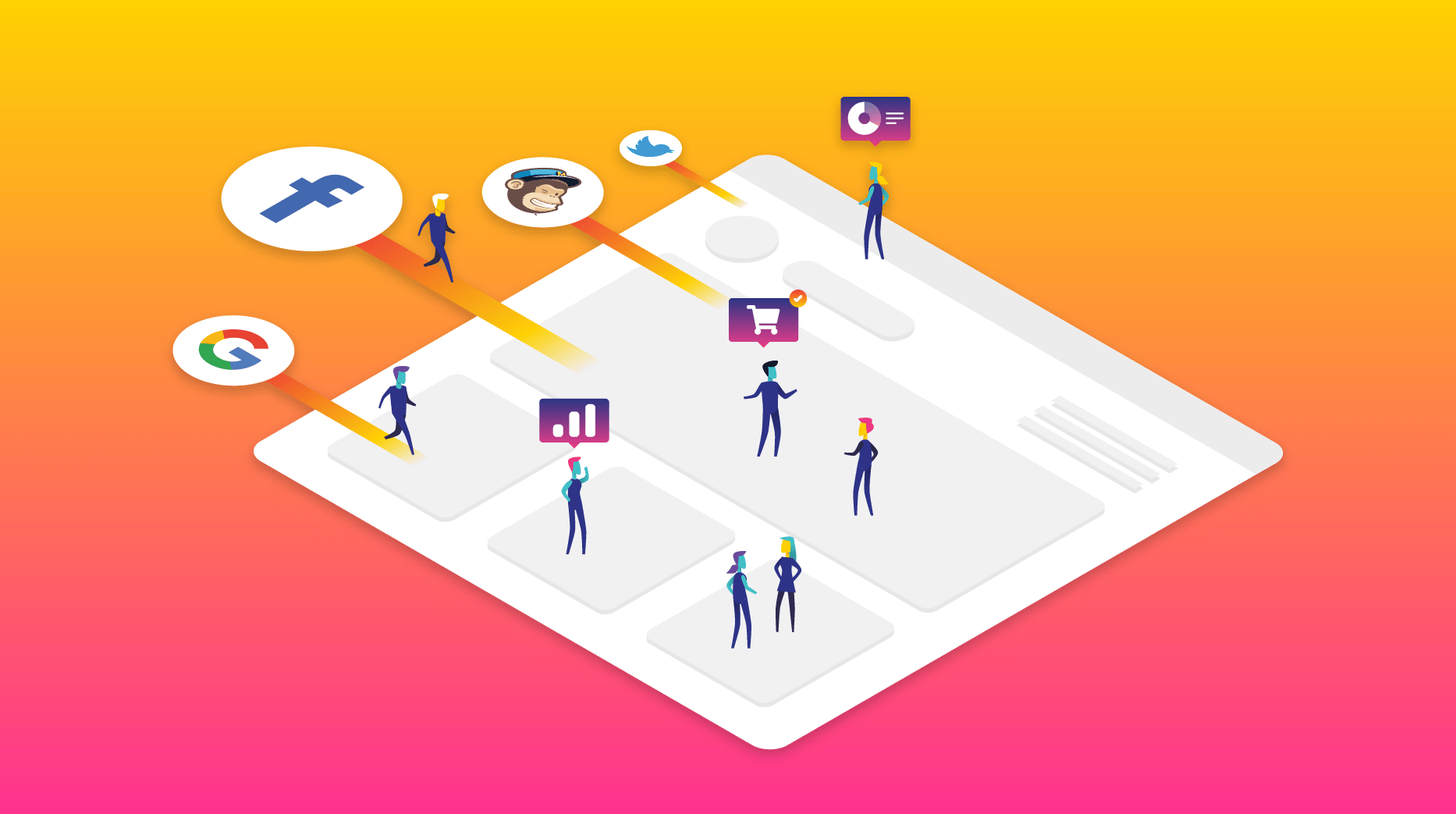How To Understand The Visitor Journey From Email To Website
One of the most important ways to ensure marketing campaign success is to understand the visitor journey from email to website.
Anyone working in marketing knows that content is king, your message is what sells your business and the various digital channels you use is how you get that in front of your desired audience.
But how well do you know that audience?
Where the visitor journey begins
You might think each visitor journey begins with an email – that’s what you’re sending out hoping to attract customers to your website, either to buy something or to sign up for a service you offer.
But it starts much earlier than that. The visitor journey starts with either a problem or with a desire. Your potential customer is usually looking for an answer to an issue they’re having or they intend to spend some money.
Understanding what fuels these two types of journey is where your email marketing campaigns should start.
Buyer personas
Alan Cooper first introduced the concept of user – or buyer – personas in 1999 to help inform design strategy but since then they have adapted outside of the software industry to become vitally important to marketers. A buyer persona is a fictional character created to represent a user type that might use a site, brand, or product in a similar way.
There are many excellent websites already dealing with creating buyer personas so this blog post will concentrate more on their importance to understanding the visitor journey.
Using market research, speaking to your existing clients, or looking at what your competitors are doing, are all important methods of finding out what your audience is searching for. We already know that the funnel from email to website to conversion is one which rapidly narrows the nearer the customer gets to committing.
So we need to be doing all we can to ensure the drop off at each point is as small as we can make it.
Buyer personas help you:
- Determine what kind of content you need.
- Set the tone, style, and delivery strategies for your content.
- Target the topics you should write about.
- Understand where buyers get their information.
- How they want to consume it
According to Aberdeen there are three main types of intent data that can help you understand more about individual customers:
- Behavioural Intent: This intent data comes from the web browsing behaviour of individual customers. Understanding which pages someone has visited on your website, which content they’ve downloaded, and at which point they leave your site will let you know where they are in the buyer’s journey.
- Search-Based Intent: So much of the buyer’s journey has become self-serve and search-based intent is a major part of that process. Knowing which keywords your prospects are using and which competitors they’re interacting with will give you an extra layer of information to personalize messaging.
- Social Intent: Social intent isn’t just about the interactions you have with individuals on Twitter, Facebook, and other platforms. It’s also about monitoring more general conversations that show where your prospects are in the buyer’s journey.
What every business needs to be asking is:
“How do I help my customers achieve their goals on my website while still achieving mine?”
The problem visitor journey
Miss X has a problem. You have a solution to her problem but she isn’t aware of it. How can you get your solution to Miss X?
This is the million dollar question. How do we get our message to potential customers so they know we’re out there and able to help?
The first step is by talking to your existing customers. These are people you’ve already converted. They’re the ones who can turn into loyal brand ambassadors if you give them the tools to do so. Getting a word-of-mouth referral can be priceless, people rely on recommendations and suggestions from people they trust for who they should do business with.
Go to your existing client base and work with them, see if you can come up with a % off deal if they recommend to a friend or offer a loyalty reward scheme which helps build brand confidence. People who get good service are more likely to tell their friends about your company.
Look at what other companies in your industry are doing with their marketing strategies. Are they running active Facebook Pages or Groups? Do they have a funny and engaging Twitter feed where people can come to them for help? Is there a chatbot on their website that can deal with customer inquiries?
Offer free resources relevant to Miss X on your website, then promote them across all other social media and digital marketing channels. Make them easy to download – and easy to share. It’s a few hours work for your marketing department to knock up a bunch of e-book guides which will help customers get the most out of your product or business.
HubSpot has a perfect example of how to do this right on its website, collating all the various free guides it has available for download and listing them in an easily searchable directory.

Then, once you have your content in place, you can look at how to craft the perfect email to send out to your existing clients and customers with an offer they can forward on to their friends and fellow professionals.
Make sure you include something of real value which will help any potential new customers with a common problem they may have and which you have a ready solution for. Your website should have a landing page which will tie in to whatever message you include in your email campaign.
Keywords are vitally important, as is cornerstone content, these are the building blocks for your business and your brand. These pages include “How To” guides (if applicable), blogs which go into depth and offer value on a specific topic which relates to your business, they should be linked to all other pages and blogs on the same topic and should be easily findable from your homepage.
The desire visitor journey
This follows a similar pattern to the problem journey in that you need to get your message in front of potential customers but the methods of doing so can be more varied as you’re hoping to catch the attention of someone who is already wanting to spend money.
According to McKinsey, this is a circular journey which starts with an existing brand awareness. The number of brands may go up or down while the customer carries out their initial research.
This is where it is vitally important to have that cornerstone content we talked about in the problem journey. If you can offer the customer what they’re looking to buy, you need to make sure you’re going to come up in searches and that you’re putting your marketing messages in the right places

The other biggest change is that customers now actively seek information. Direct marketing, while still maintaining a place in the advertising toolset, isn’t the big driver it once was. Now people will go out and look for information when they’re intending to make a big purchase.
“Two-thirds of the touch points during the active-evaluation phase involve consumer-driven activities such as Internet reviews and word-of-mouth recommendations from friends and family.”
Which takes us back to brand loyalty and making sure you’re using your best asset – your existing customers and client base.
Attitude and Usage (A&U or AAU) research should be used to answer the essential questions regarding consumers’ product and service decision making both within, and across, market categories:
- What
- Where
- Why
- How
Getting snapshots of consumer sentiment and behaviour at a specific point on the buying journey can then inform future marketing strategies, especially with email messaging.
They provide valuable information with which to explore industry hypotheses, examining brand and product appeal and opportunity, and ultimately identifying the impact of recent or forthcoming marketplace changes.
Where do you go next?
The increasing complexity of the consumer decision journey means businesses need to look at new ways of measuring consumer attitudes, brand performance and awareness and the effectiveness of their marketing strategies across the whole process.
Email marketers already understand which metrics they need to be looking at once they’ve refined their messages. Understanding your customer journey means you can use content management systems and other brand awareness tools to create hundreds of variations on a single advertising sales point.
You can distribute your message via an email campaign, a Facebook Ad, Twitter, Instagram branding, or by using a combination of all social media channels. Your advertising campaign can take into account the context where it appears, the past behaviour of viewers to similar content, and real-time data updates of what’s working – and what isn’t.
Tools help you measure success
The latest version of digital campaign intelligence platform Veracity gives you an overview of all your digital marketing activities with top-level ROI and marketing result reporting so you can instantly see what is working – and why.

With Veracity, you can highlight and compare different email campaigns and take advantage of AB testing and other focused messaging. It will show you genuine results using metrics that give you an overview of all your digital marketing activities with top-level ROI and marketing result reporting in real time.
Google Analytics also provides part of the answer, but it’s complex to use if you want to make the most of all its features. Other social media marketing tools like Moz, HootSuite and BuzzSumo (to name just three) can also bring insights into how your campaigns are running.
In Conclusion
Tracking your visitors isn’t a simple one-step process. But there are tools you can use and best practice methods to implement which makes finding the results easier.
No matter what type of campaign you run and what goals you set, measuring the ongoing activity is a vital component in making sure you’re successful. It doesn’t have to be daily monitoring, checking the campaign weekly can be enough depending on what you’re offering.
There will always be elements outside of your control, but if you concentrate on getting the key components mentioned in this blog right – and they’re all completely within your ability to do so – you will give your messaging the best chance and you will be on the way to understanding the customer journey from email to website.
Ultimately, understanding your customer journey as they travel from email to website comes through refinement and experimentation and, sometimes, a healthy dose of intelligent guesswork.
Get Veracity to discover the hidden information inside your data and use it to follow the visitor journey from beginning to end.

